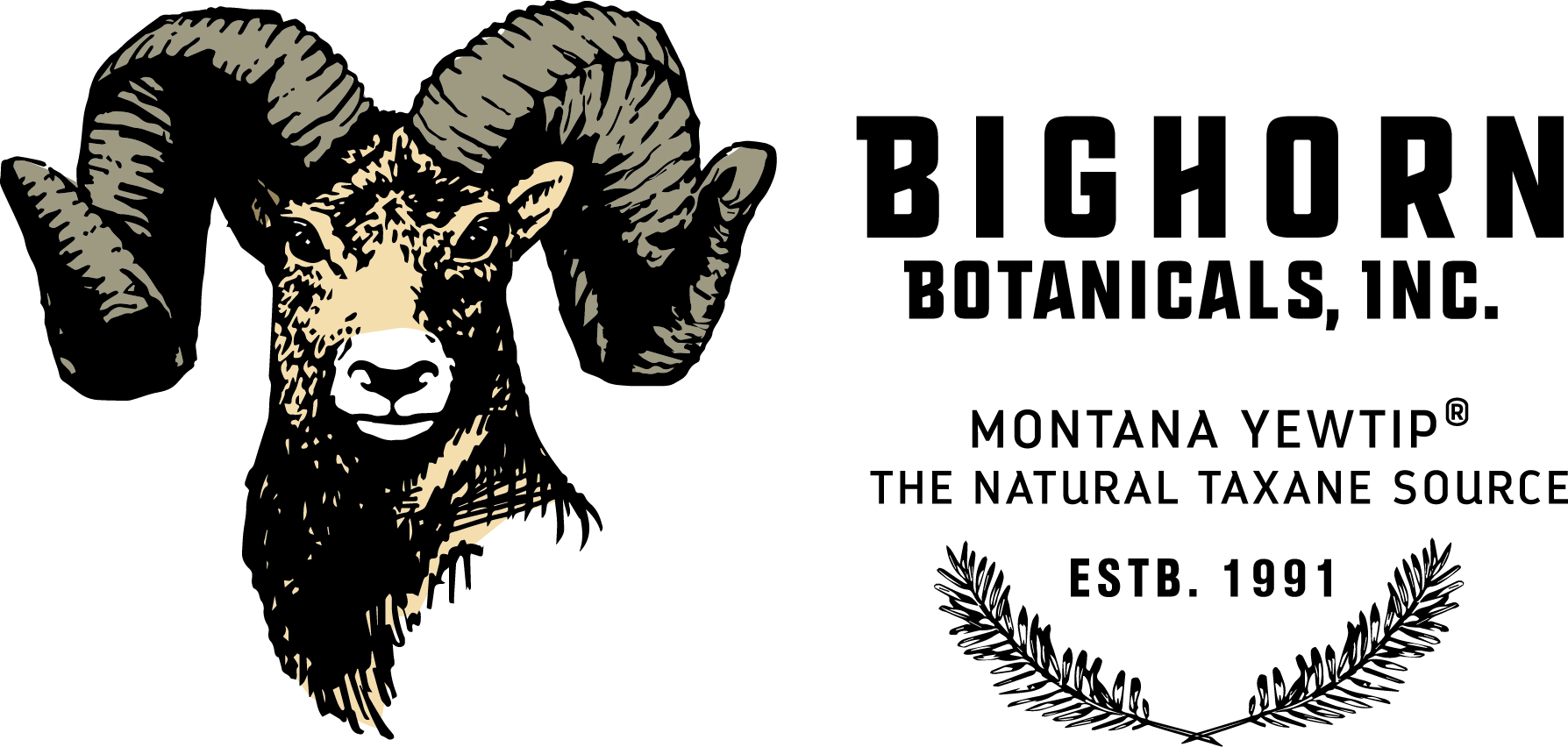Follow Us x
Like other Native American cultures, the Kalapuya used the yew medicinally.
According to Bill Burwell:
"They used yew wood in a skin salve in which the needles and the bark were soaked in water and then prepared with grease into a concoction that was used on the skin. The Yoncallas used it as a tonic for old people who would ingest a tea made out of the yew needles."
The Yew Tree, A Thousand Whispers By Hal Hartzell, Jr. (1991) Page 139, Chapter 8, Native Americans and Pacific Yew Hulogosi Publishing - Eugene, OR
Native Americans of the northwest coast used Pacific yew for tools, weapons, personal items, and sacred objects. They did not destroy their yew as western cultures had done, but took branches and staves for bows, canoe paddles, or digging sticks from living trees. They crushed needles to make salves. Native Americans considered the yew to be sacred and made spirit poles, death masks, ceremonial boxes and platters, as well as shaman's wands, whistles, rattles, drum frames, and other religious objects out of its wood. Some tribes call it "Chief of the Forest".
Taxol Science and Applications Edited by Matthew Suffness (1995) Page 32 CRC Press - Boca Raton, FL
"Four Barks" Medicine for Internal Ailments Containing: Taxus brevifolia.
Contemporary Use of Bark for Medicine by Two Salishan
Native Elders of Southeast Vancouver Island, Canada By Nancy J. Turner and Richard J. Hebda (1989) Botany Unit, Royal British Museum, Victoria, B.C., Canada Elsevier Scientific Publishers Ireland Ltd.
Plants Used as Contraceptives by the North American Indians- an ethnobotanical study
Krag, K.J. (1976) Thesis - B.S., Harvard University Botanical Museum, Harvard University Cambridge, MA
Plants of the Olympic Coastal Forests: Ancient Knowledge of Materials and Medicines and Future Heritage (1992) Forlines, D.R., Tavenner, T., Malan, J.C.S, Karchesy, J.J. Basic Life Sciences #59 (767-782). Lapush, WA, USA
These statements have not been evaluated by the Food and Drug Administration. This product is not intended to diagnose, treat, cure, or prevent any disease*




.png)
